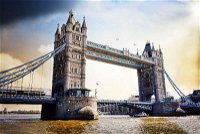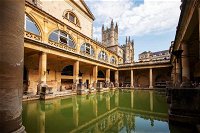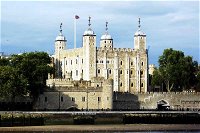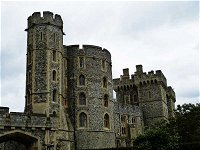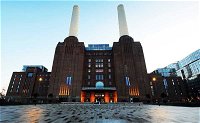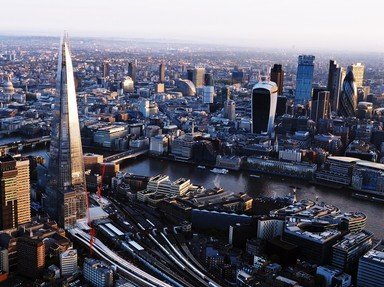
Photo Tour: Landmarks of the U.K. Quiz
The United Kingdom houses numerous famous sites that have stood the test of time. Enjoy this photo match quiz that includes many of them. (Click the images to get a closer look!)
by trident.
Estimated time: 3 mins.
